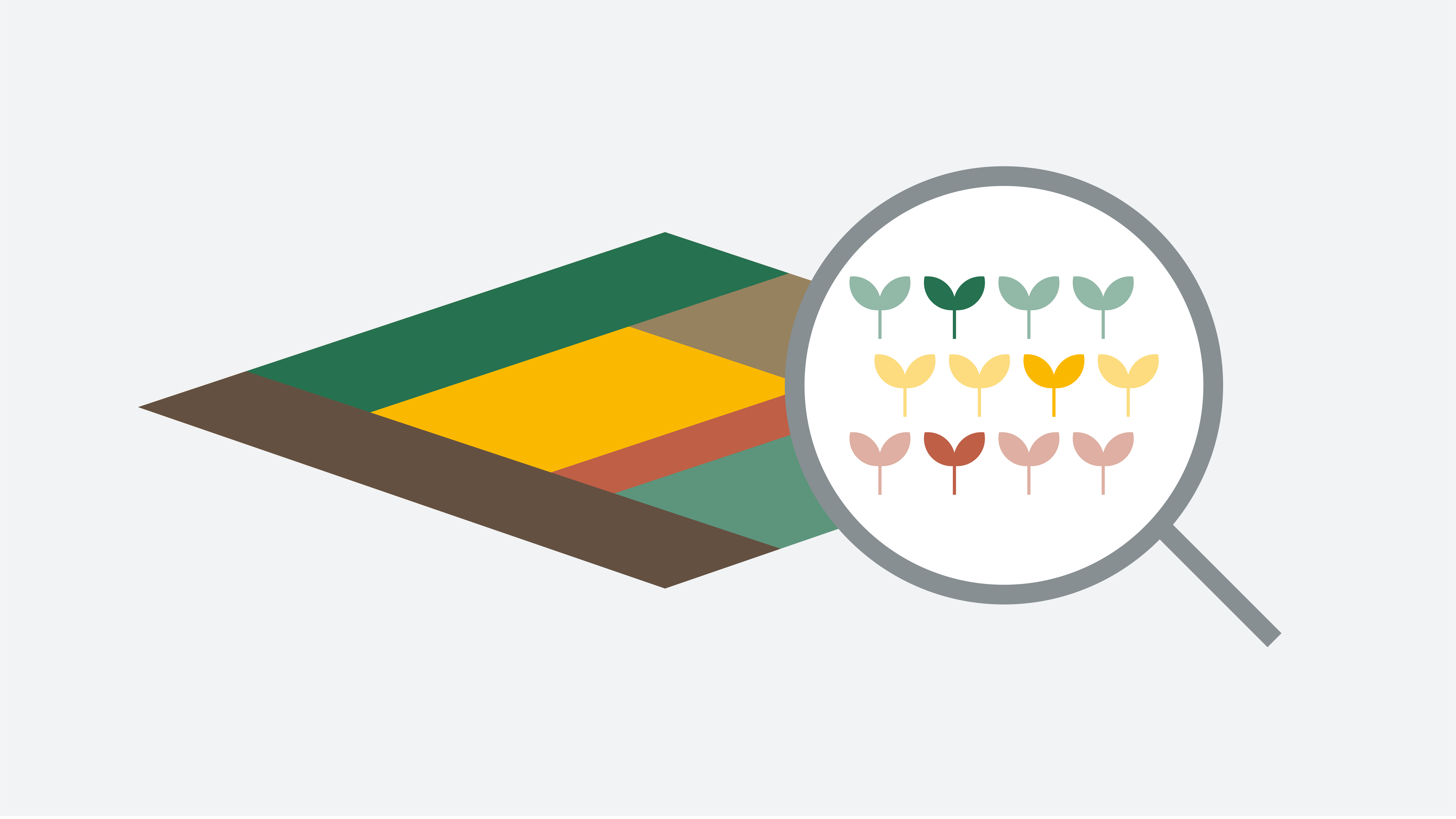Digital phenotyping
Overview
In short
The properties of a breeding plant in the field are reviewed. We do this by using modern technology for automated analysis.
Advantages
This method is non-invasive and does not affect plant development. Digital phenotyping, for example, allows us to draw conclusions about infestations with fungi.
Disadvantages
The challenge this method poses is that the “specific property” has to be measured. Only when we know which genetic mechanism causes a specific change in the appearance of plants can we develop automatic recognition through sensors. We must also be able to quickly analyze large quantities of data, which requires the availability of broadband data to our breeding stations.
Development
The distinction between genotype and phenotype dates back to Wilhelm Johannsen (1911). A genotype is the sum of the properties inherited from parents. The phenotype of a plant is defined accordingly, but also modified due to environmental conditions. We propose that: A genotype is the sum of all genetic characteristics of an organism, such as a plant. The phenotype of this plant is created as it grows under the current environmental conditions.
Application at KWS
Efficient selection of genotypes in the field and in greenhouses.

